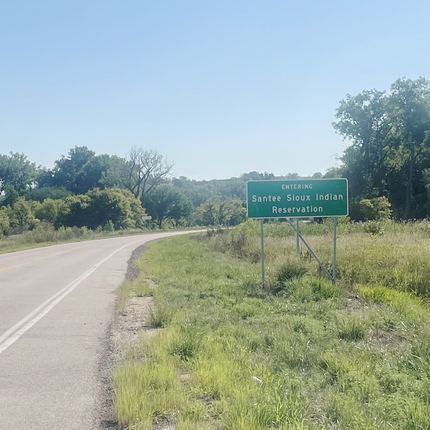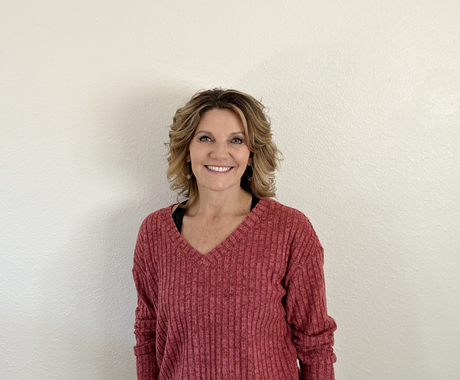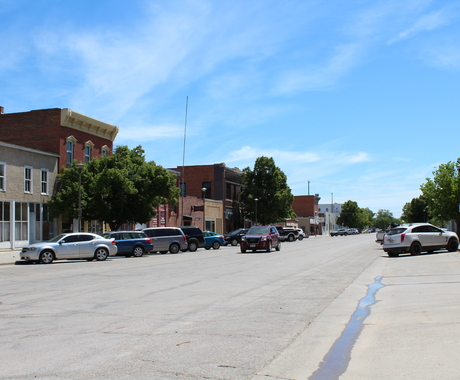I recently attended a memorial for Ashleigh Wabasha. Ashleigh was 19 years old and a member of the Santee Sioux Nation in Nebraska. She was a close friend of an employee of the Center for Rural Affairs.
Ashleigh went missing earlier this year. She was gone for three weeks before her body was found. Unfortunately, her story is far too common.
The memorial for Ashleigh included several speakers who are part of the Missing and Murdered Indigenous Women and Relatives movement, a network of Indigenous advocates and organizations working to bring attention to the issue.
Many of the speakers told personal stories. One young woman, still in high school herself, spoke of her own mother, who is missing. The speakers were brave, and their stories were heartbreaking. The event was a poignant reminder of a crisis happening in Indigenous communities across the United States and Canada.
One speaker explained that Indigenous relatives go missing three times. Once when they go missing in the physical world. Once when the media gives their disappearance scant or no attention. And once when the abduction or murder is misclassified or missing in crime statistics.
This last piece is one of the systemic issues that makes it difficult to get a full picture. There is no comprehensive tracking of the number of Indigenous people missing or murdered. While national data is lacking, the Justice Department found that in some counties where data is available, Indigenous women are murdered at a rate 10 times higher than the national average. One estimate found that homicide is the third leading cause of death of Indigenous girls and women between 10 and 24 years of age. In many communities, local activists maintain their own databases of missing people, informed by media reports and conversations with local families.
A maze of jurisdictional issues is another barrier to investigating and prosecuting cases. The federal Major Crimes Act of 1885 limits the jurisdiction of tribal governments to prosecute violent crimes that occur in Native nations. These crimes must be referred to the federal government. However, the federal government has systematically under-resourced these investigations and frequently declines to prosecute. A provision in the 1994 Violence Against Women Act attempts to address this issue, but activists say jurisdiction remains an issue.
One recent and encouraging development is the creation of the Missing & Murdered Unit at the U.S. Department of the Interior. Secretary of Interior Deb Haaland created the unit in 2021 to better coordinate government response and help address the patchwork of jurisdictional control and resources available to investigate these cases.
In announcing the new effort, Secretary Haaland said, “Violence against Indigenous peoples is a crisis that has been underfunded for decades. Far too often, murders and missing persons cases in Indian Country go unsolved and unaddressed, leaving families and communities devastated. The new MMU unit will provide the resources and leadership to prioritize these cases and coordinate resources to hold people accountable, keep our communities safe, and provide closure for families.”
This new unit deserves administrative and lawmaker support, funding, and cooperation.
Broader awareness is important as well. Learn more at bia.gov/service/mmu. The crisis of missing and murdered Indigenous women and relatives has gone on far too long.
I want to acknowledge Ashleigh Wabasha’s family for allowing me to share her story.





